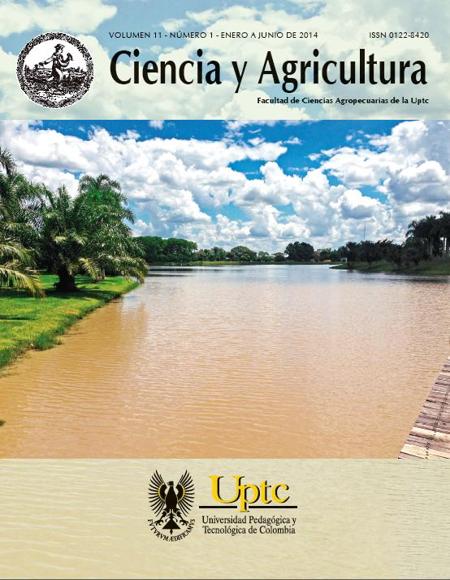Nitrogen Influence in the Production of Tomato (Lycopersicum esculentum L.) Seeded in Substrate in Sutamarchán (Boyacá)

Abstract
Nitrogen is needed in the plantations, but due to their ineffectiveness to absorb it, only a small percentage is assimilated by the plant and the remainder is released in the ambient. The work presented here is focussed in the assessment of the environmental pollution impact by the fertilizer nitrogen, in the hydroponic tomato production. For this study weekly samples of the nutrient solution were taken, from the substrate used, the drained water, and from the plant material, like stem, leaves and fruits, in order to determine the useful nitrogen concentration in the hydroponic tomato growing plant, in Sutamarchán (Boyacá) township. The contents of nitrogen applied to the plant, expressed in relation to the total accumulation, were of 37.93 g. equivalent to 100 % of the N applied. From this 100 % applied only 36% is absorved by the plant and the rest, is discharged. Of the total N application the 0.22051 g (0.6%) is drained, 13,665 (36%) g is absorbed by the plant and the remaining 24.049 g (63.4%) accumulates in the substrate. The investigation determined that there are significant deficiencies in the N application as from 100% applied, only 36% is assimilated by the plant. This indicates that a reduction should be made in the application of nitrogen fertilizers, by rationalizing the nutrients supply to the tomato crop, in order to reduce the environmental impacts and optimize the use of resources. In this sense, the research direction on the best fertirrigation management in recirculating hydroponic systems, will contribute to a more sustainable development.Keywords
nitrogen, drainage, hidroponic, alimentaron impact.
Downloads
Download data is not yet available.